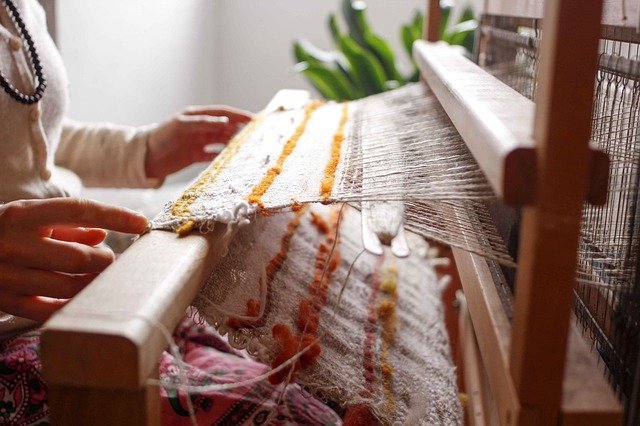Chokhavatia: How Does The Textile Wastewater Treatment Plant Work
INTRODUCTION
Nowadays, the textile industry has become a major source of surface water contamination because it contains inorganic salts, textile dyes, and organic compounds and due to this reason it becomes very difficult to extract pure water from the complex system. As there are many treatments available to treat textile waste-water such as:
i. Biological Treatment
ii. Adsorption
iii. Membrane technology
iv. Chemical precipitation
TEXTILE WASTE-WATER TREATMENT
Every industry ends up generating different kinds of wastewater because different industries use a different types of chemicals depending on their requirement and the same goes for the textile industries. Therefore, it becomes very important to treat waste water in a way that reduces oil, color, fat, suspended solids and gets filtered easily.
1. PHYSICO-CHEMICAL TREATMENT
Physico-chemical treatments which are followed by biological treatment systems are set up in most of the textile industries. Mixing and Equalizing is the first step of the wastewater streams and at different stages in the processes, it leads to discharging of wastewater at different intervals. Equalization makes sure that the effluents have uniform characteristics in terms of pH, organic and in-organic loads, and temperature. After the equalization, effluent is subjected for the addition of coagulants via flash mixer and the coagulants are: alum, lime, ferrous sulfate, ferric chloride, and polyelectrolyte. Then after this, it is processed through a flocculation and settling tank. The proper amount of coagulants and chemicals are determined based on the treatability study of effluent samples.
2. TERTIARY TREATMENT
Tertiary treatment is also called advanced treatment. Textile effluents may need tertiary or advanced treatment to decrease the specific contaminants. Here there are some advanced methods used for the treatment of textile wastewater in brief:
–> Ion Exchange: It is generally used for the removal of inorganic salts and some organic also such as phenol. All organic and inorganic salts are composed of positive ions and negative ions.
–> Adsorption: It is normally used to remove color and other soluble contaminants present in effluent and it also eliminates toxic pollutants such as pesticides, cyanides, phenols, and other dyes which cannot be treated by conventional treatment methods. Soluble organics get absorbed on the surface as wastewater containing these is made to pass through adsorbents. The most commonly used adsorbent for the treatment is activated carbon.
ABOUT CHOKHAVATIA ASSOCIATES
Chokhavatia Associates have put up more than 39 years of experience with a global client base. Our services in the environmental sector include the concept of commissioning Wastewater Treatment Plants for the industries and Sewage Treatment Plant, Effluent Treatment Plant, Operation and maintenance contracts of sewage/wastewater treatment plant, and supervision including turnkey installation of the complete plant, environmental impact assessment studies, and design of water supply and sewerage systems for the Townships, Environmental Management Planning, and design of disposal structures. The services in the structural sector are for the structural design of treatment units and overhead tanks, designing of intake well and its construction and supervision, design of bridges, culverts, and ports.
To know more, please check Chokhavatia.

